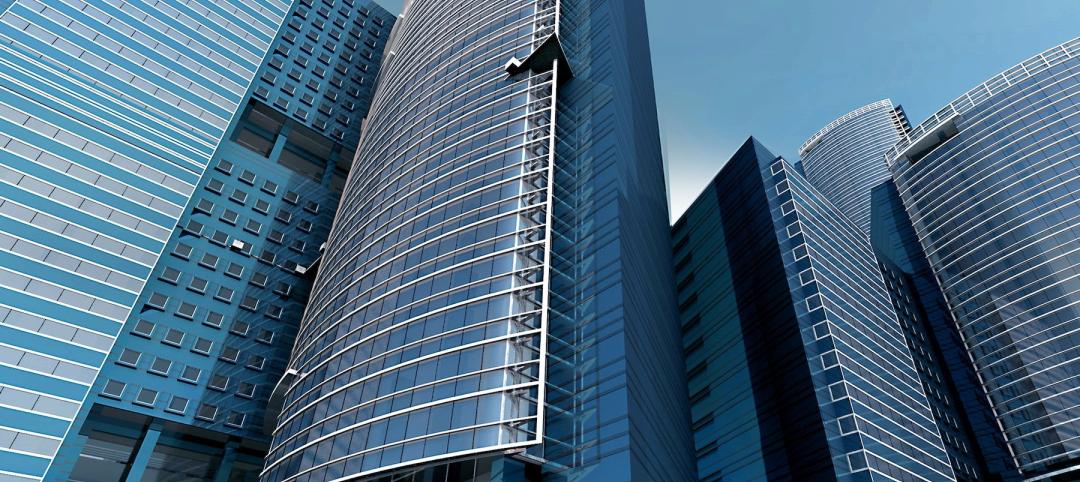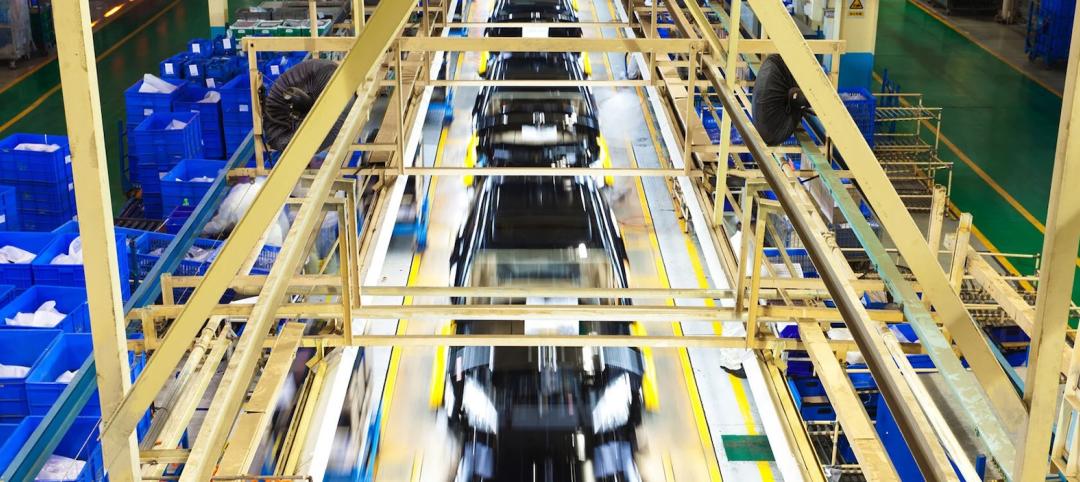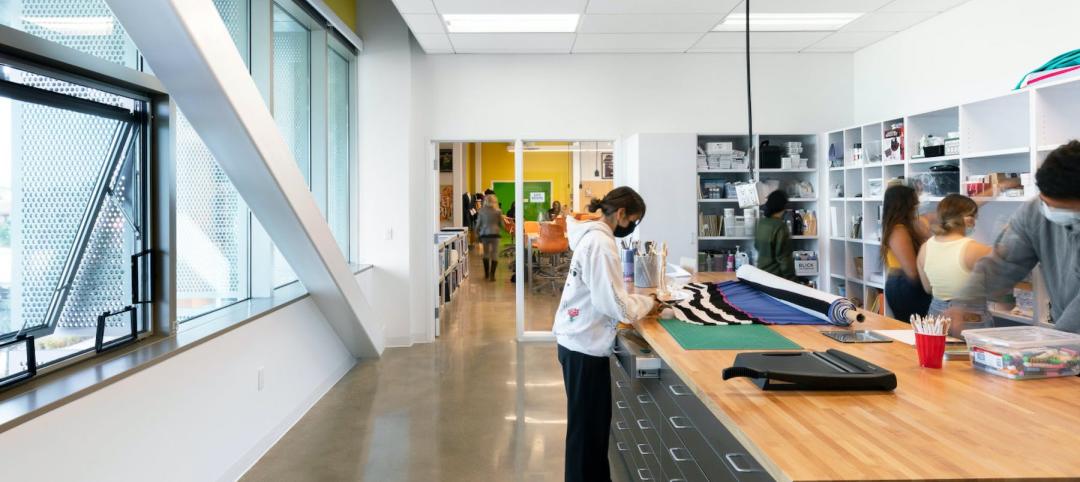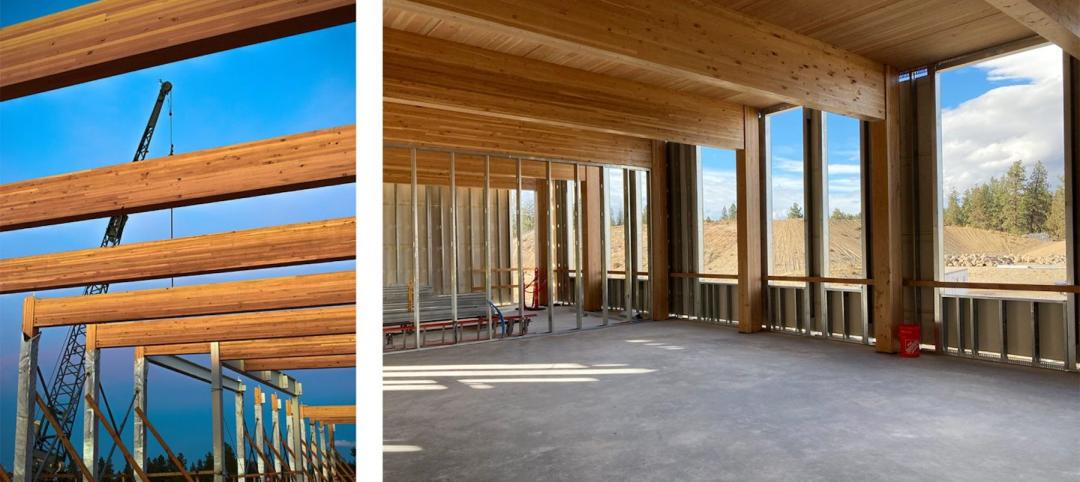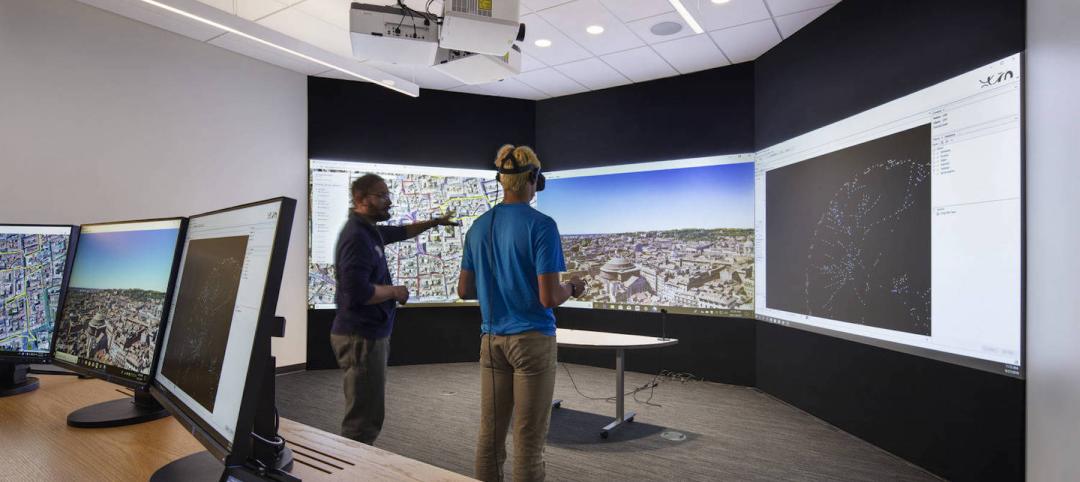FMI, the largest provider of management consulting and investment banking to the engineering and construction industry, announces the release of the Construction Outlook: Third Quarter 2011 Report.
Overall, in FMI’s latest forecast for construction put in place calls for 2% growth in 2011 and 6% for 2012 to $886.2 billion in total construction. In today’s economy that sounds like ambitious growth, but in constant 2006 dollars, that is only 3% growth for 2012 and a 1% drop in construction for 2011. To put it in perspective, in 2012 we will nearly return to 2003 levels of construction in current dollars.
Despite geo-political upheavals and constant debates about debt levels in the U.S. and Europe, budget brinksmanship in Congress, as well as a rash of natural disasters, construction markets are inching along. U.S. GDP is slow at 1.3%, but positive. Some of the unemployment problem is due to increased productivity in manufacturing and other service businesses, but, so far, there doesn’t seem to be much innovation and investment in new markets and jobs. Both consumers and businesses are rebuilding their savings and confidence in the economy, but that is a slow process with numerous setbacks. It seems that the largest barrier to moving the economy forward is fear that no one has a plan that will work. After the go-go years of high finance and exuberant housing markets, we now have high-risk aversion, and not without good reasons.
In the midst of these extremes, the inchworm economy is struggling along, and it will take some time to revive an industry the size of U.S. construction. There are positive signs to build on, for instance, if businesses with record profits now held in reserve decide that they can make more with their money by investing in new R&D, plants, equipment and personnel, then a new construction boom could follow. On the other hand, as economists like to say, if fear and risk aversion win out, those looking for a second dip of recession could find their wishes come true.
Hard-hit residential markets will start to improve, especially multi-family construction, which is becoming more desirable as banks continue to tighten financing requirements and homeowners are still reeling from the fears of foreclosure. Lodging, office and commercial construction will continue to struggle until more Americans have good jobs. BD+C
Related Stories
Energy Efficiency | Aug 11, 2022
Commercial Energy Efficiency: Finally “In-the-Money!”
By now, many business leaders are out in front of policymakers on prioritizing the energy transition.
High-rise Construction | Aug 11, 2022
Saudi Arabia unveils plans for a one-building city stretching over 100 miles long
Saudi Arabia recently announced plans for an ambitious urban project called The Line—a one-building city in the desert that will stretch 170 kilometers (106 miles) long and only 200 meters (656 feet) wide.
| Aug 10, 2022
U.S. needs more than four million new apartments by 2035
Roughly 4.3 million new apartments will be necessary by 2035 to meet rising demand, according to research from the National Multifamily Housing Council (NMHC) and National Apartment Association.
| Aug 10, 2022
Gresham Smith Founder, Batey M. Gresham Jr., passes at Age 88
It is with deep sadness that Gresham Smith announces the passing of Batey M. Gresham Jr., AIA—one of the firm’s founders.
| Aug 9, 2022
Work-from-home trend could result in $500 billion of lost value in office real estate
Researchers find major changes in lease revenues, office occupancy, lease renewal rates.
| Aug 9, 2022
5 Lean principles of design-build
Simply put, lean is the practice of creating more value with fewer resources.
| Aug 9, 2022
Designing healthy learning environments
Studies confirm healthy environments can improve learning outcomes and student success.
Legislation | Aug 8, 2022
Inflation Reduction Act includes over $5 billion for low carbon procurement
The Inflation Reduction Act of 2022, recently passed by the U.S. Senate, sets aside over $5 billion for low carbon procurement in the built environment.
| Aug 8, 2022
Mass timber and net zero design for higher education and lab buildings
When sourced from sustainably managed forests, the use of wood as a replacement for concrete and steel on larger scale construction projects has myriad economic and environmental benefits that have been thoroughly outlined in everything from academic journals to the pages of Newsweek.
AEC Tech | Aug 8, 2022
The technology balancing act
As our world reopens from COVID isolation, we are entering back into undefined territory – a form of hybrid existence.







